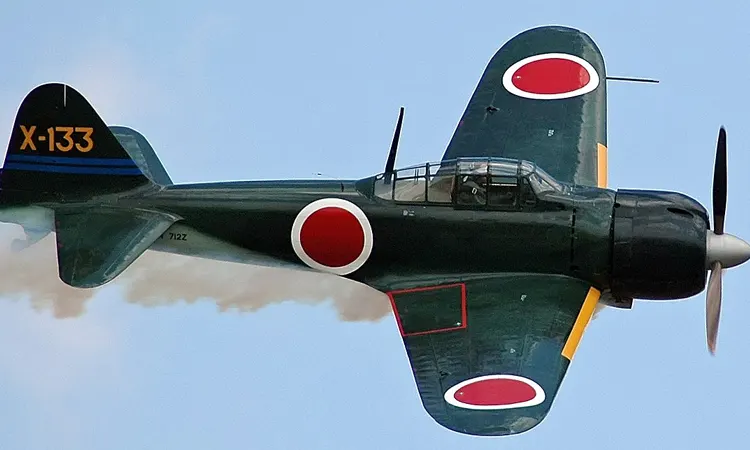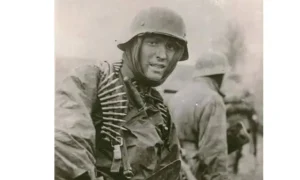Alright, picture this: the skies over World War II what pops into your head? Maybe the screaming howl of a P 51 Mustang tearing across the clouds, or the menacing silhouette of a Messerschmitt 109 twisting through a dogfight. But if you’re talking about Japan? Nah, forget all that. It’s all about the A6M Zero. That thing was a straight-up legend. Slick, lethal, could change direction on a dime basically the Darth Vader of the Pacific, at least until the tables were turned.
But wait, Japan’s air force was not a one hit wonder with the Zero. No way, they also had the G4M Betty a flying gas tank that was full of bombs. Allied sailors did not like to see that on the horizon, trust me. And then there’s the G3M Nell, which got things going early in the war and created its own kind of havoc. These planes were not just rivets and metal; they were Japan’s big bet for dominance, and, spoiler alert, they got pretty beat up by the end of it.
Anyway, let’s dig in. We’re gonna check out the planes that put Japan’s air force on the map during WWII. Fighters, bombers the works. We’ll get into what made ’em tick, why collectors drool over their memorabilia, and how their legacy still lingers, whether you’re into history or just want something cool for your shelf. So if you’re a WWII buff, or just like the idea of owning a little slice of that wild history, stick around. This is where it gets interesting.
Military Tanks On Miltrade.com
( Fighter Aircraft ) The A6M Zero & Its Legacy
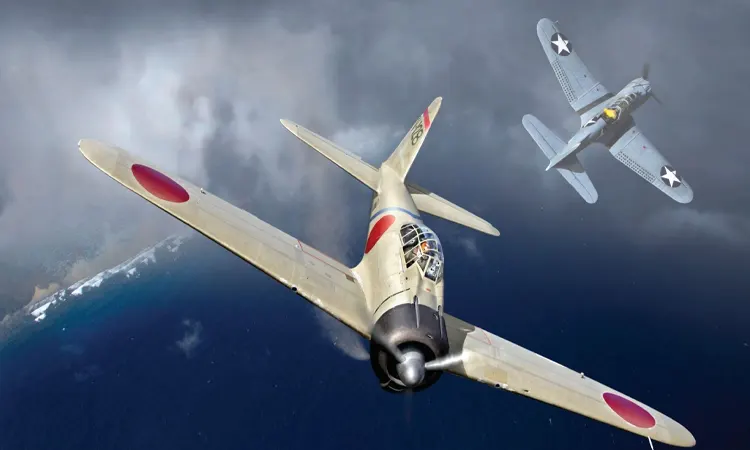
The A6M Zero was not just a fighter plane; it was a game changer.
Manufactured by Mitsubishi and first introduced in 1940, the Zero was the era’s most advanced carrier based warplane. At the opening years of WWII, the Zero was practically unstoppable speed, agility, and firepower that made the Zero Japan’s air forces’ top choice of weapon.
Design and Features
Light as a Feather and Highly Maneuverable: The Zero was able to out fly almost all Allied planes, making it the ideal dogfighter.
Range: It could fly much farther away from its carrier than that with a tactical advantage over an enormous majority of the other Pacific warplanes.
Arms: With two 7.7 mm machine guns and two 20 mm cannons, it was equally effective for air to air combat and annihilating ground targets.
Military Jeeps On Miltrade.com
Effect on Big Battles:
Pearl Harbor: The Zero played a decisive part in the surprise attack, sinking the U.S. Pacific fleet within hours.
Battle of Midway: The Zero’s weakness was sooner realized especially when compared to better armored American aircraft like the F4F Wildcat and the F4U Corsair.
The Pacific Skies: The Zero dominated the initial Pacific combat and was Japan’s badge of air superiority, until new technology and enhanced Allied tactics relegated it to the rear.
Legacy and Decline:
As the war went on, the A6M Zero’s weaknesses were apparent: none of the firepower nor armor of the newer Allies’ aircraft. It still had its range and agility, but its vulnerability to fire ultimately killed it off.
Nonetheless, the A6M Zero remained a flying embodiment of Japanese air supremacy during the early years and a display of pilots’ prowess.
(Bomber Aircraft )G4M Betty & G3M Nell
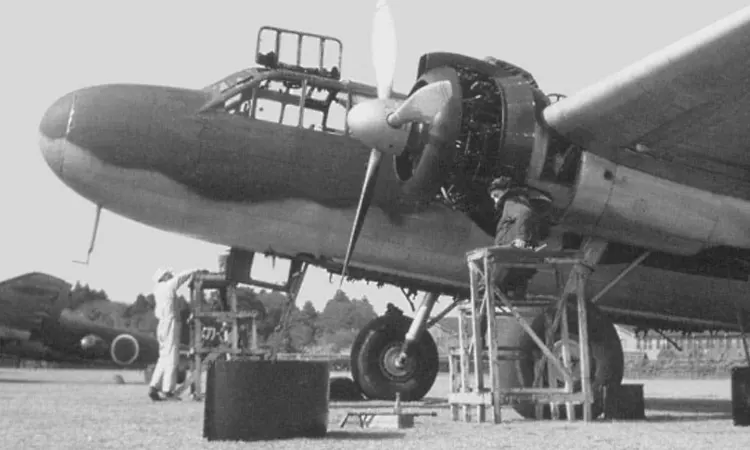
Man, the A6M Zero gets all the hype, but honestly? The G4M Betty and G3M Nell were the real troublemakers from way outta left field. These bombers didn’t just show up they put on a freakin’ fireworks show for the Allies, lobbing bombs from distances that’d make most pilots sweat bullets. Seriously, they were Japan’s long-range boogeymen.
G4M Betty:
So, the Betty rolls onto the scene in ’39. Twin engines, wings for days, and a fuel tank big enough to make you wonder if it was part flying gas can. This thing could haul a ton (well, literally 2,200 pounds) of bombs over stupid-long distances. Enemy ships, airfields, bases nothing was safe if the Betty had your number.
But here’s the catch: she was a flying tinderbox. One good shot and, poof, up in flames. The armor was basically a suggestion, and speed? Let’s just say joggers weren’t jealous. Still, the Betty made a mess of things in places like Pearl Harbor and Midway heck, she even helped smack up the USS Hornet. But when Allied fighters started showing up with a grudge? Betty couldn’t catch a break.
“Key Features and Roles of Japan’s Iconic WWII Aircraft”
| Aircraft | Type | Key Features | Role in WWII | Collector Appeal |
|---|---|---|---|---|
| A6M Zero | Fighter | Lightweight, highly maneuverable, long range, armed with 7.7mm MGs & 20mm cannons | Dominated early Pacific air battles, Pearl Harbor, Midway | High Iconic fighter with rare pilot gear and parts available on Miltrade |
| G4M Betty | Bomber | Twin-engine, long range, heavy bomb load, but lightly armored | Strategic bombing in Pearl Harbor, Midway, and naval attacks | Moderate Fragile but sought after bomber parts and memorabilia |
| G3M Nell | Bomber | Early twin-engine bomber, 1,764 lbs bomb capacity, durable for its time | Used in early Pacific campaigns, set the stage for later bombers | Moderate Early bomber parts and documents |
G3M Nell:
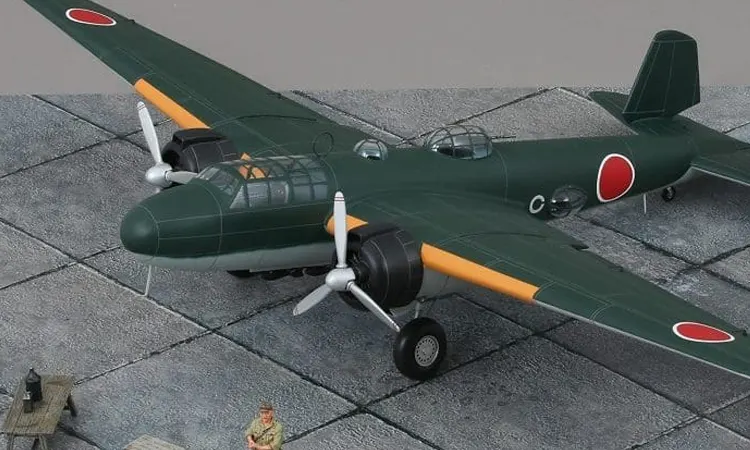
Before Betty, there was Nell. The G3M wasn’t just Japan’s first decent twin engine bomber it was the bomber. Mid-’30s, shows up, and suddenly the Pacific feels a little smaller for the Allies. Nell didn’t set any speed records, but she threw out bombs like candy, especially during nasty business like Pearl Harbor.
She was a bit tougher than the old bombers but still not exactly a flying fortress. Topped out at 800 kg (about 1,764 lbs) of bombs not bad for the time. Eventually, Betty steals the spotlight, but Nell? She set the stage and kept slugging long after newer models showed up.
Bombers:
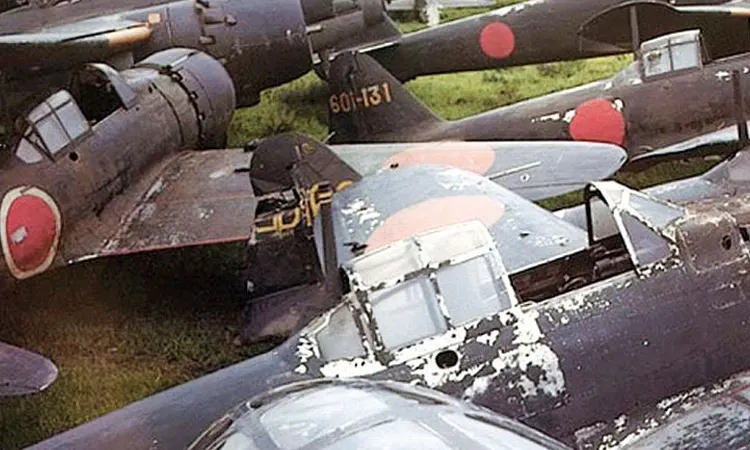
Let’s be real: Betty and Nell were the secret sauce in Japan’s early Pacific rampage. Surprise attacks, bombing runs that left Allied bases looking like Swiss cheese these planes were everywhere. Pearl Harbor, the Philippines, you name it.
But, you know how it goes. Allies got their act together, rolled out new fighters, and suddenly the Betty and Nell started dropping like flies. Even so, ask any history nerd or aviation buff about Japan’s WWII air power, and these bombers are gonna come up every time. Legends, even if they eventually got outclassed.
Military Vehicles On Miltrade.com
(Naval Aviation )The Role of the Imperial Japanese Navy Air Service
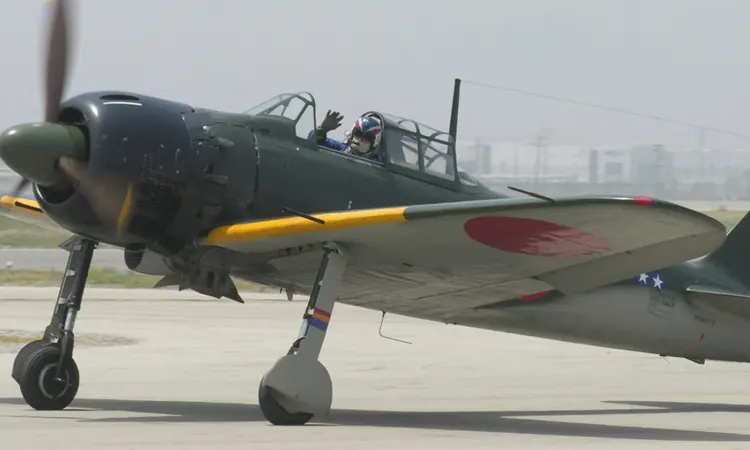
As the A6M Zero and G4M Betty bombers became established in the skies, Japan’s strongest Pacific asset was in its naval aviation a sea monarch that ruled the waves and the skies above them.
The Imperial Japanese Navy Air Service (IJNAS)
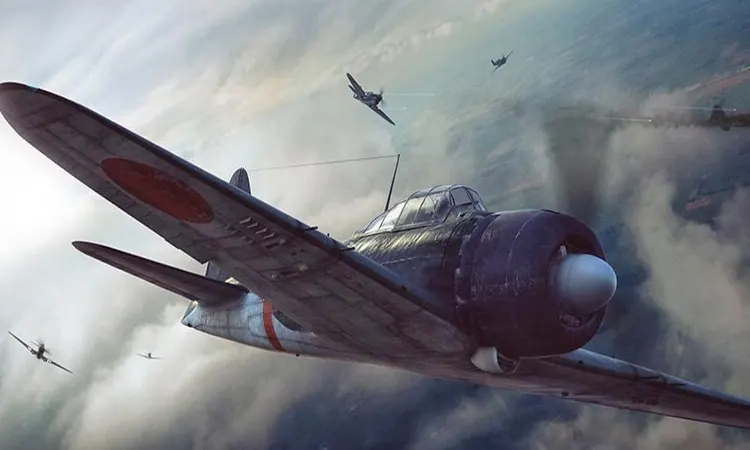
The IJNAS was one of the most potent air forces in the first part of WWII. With a focus on carrier aviation, it allowed Japan to project air power out into the Pacific and sever Allied supply routes, striking surprise from the sea.
Key Aspects of the IJNAS:
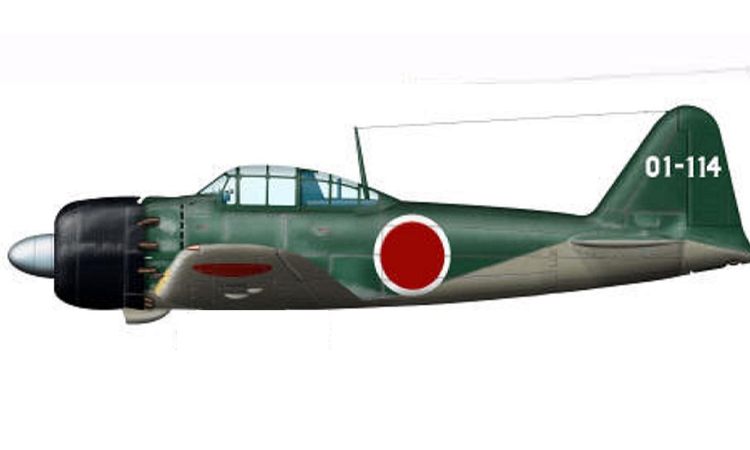
Aircraft Carriers: Japan had a fleet of aircraft carriers that were among the world’s best, such as the Akagi, Kaga, and Shōkaku. The Japanese used these airbasing warships to attack enemy ships and bases several hundred miles away from their home base.
Carrier Borne Fighters:
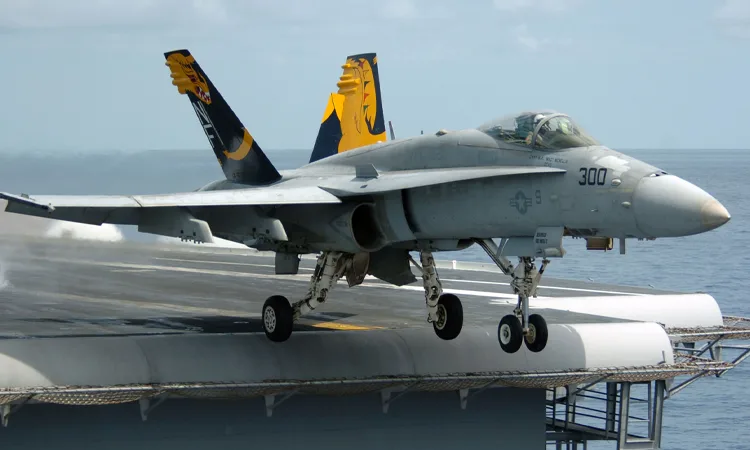
The A6M Zero was the most famous, with remarkable range and maneuverability.
The A7M Reppu, meanwhile, still on the drawing boards in the midst of the war, was Japan’s answer to the increasing power of Allied fighters.
Bombers: The G4M Betty and G3M Nell were used from these carriers for strategic bombing from distant ranges, against ships and island bases.
The Role of Aircraft Carriers in Japan’s Strategy
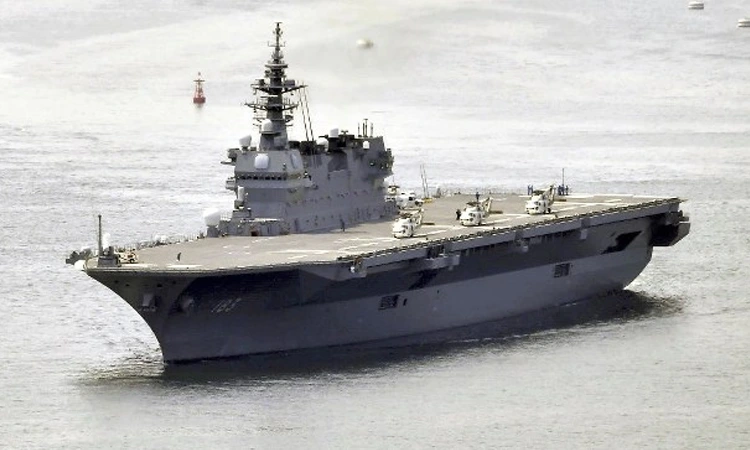
Japan’s reliance on carrier warfare was a radical idea in its time. Carrier aircraft like the Akagi played key roles in early successes like the Attack on Pearl Harbor and the Battle of the Coral Sea.
Pearl Harbor:
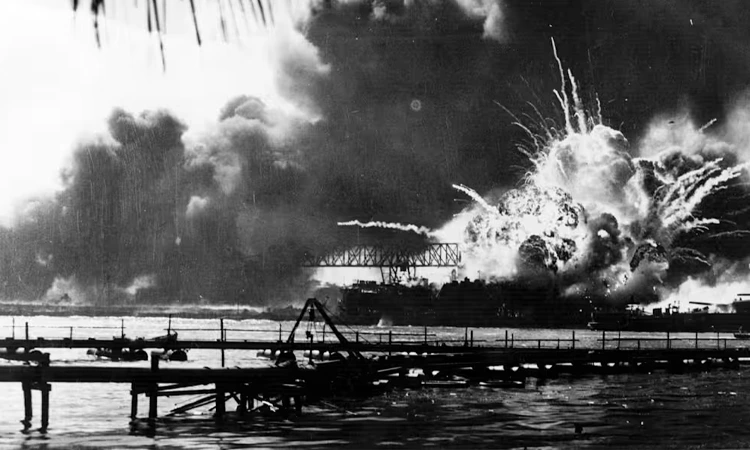
The IJNAS surprise attack on Pearl Harbor on 7 December 1941 ranks among history’s most famous naval engagements. Using their aircraft carriers, Japan launched waves of bombers and fighters that eliminated the U.S. Pacific Fleet.
Battle of Midway
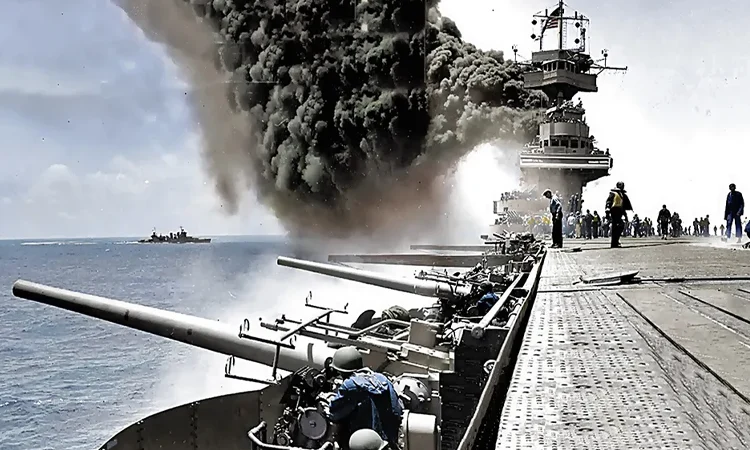
Despite Japanese dominance for the first several months of the war, the Battle of Midway in 1942 marked a turning point. Japan lost four carriers in a disaster, ending its naval dominance.
Where Battle Meets Collection
Man, whenever you’re watching a WWII movie or getting pulled into some grainy old documentary, those planes just flat-out steal the show. Screeching engines, insane dogfights, the whole works. It’s kinda surreal when you actually think about it. But here’s the twist picture being able to actually get your hands on a piece of that madness, not just coveting it on your TV screen. Like, “Hey, check it out, I’ve got an authentic relic that lived through all that insanity.”.
Japanese WWII airplane material? Oh yeah, it’s totally out there. Pilot helmets, mangled plane surfaces, strange little pieces of metal with history baked in. Doesn’t matter if it’s a battered glove or a smashed dial every thing’s saturated in history. You find one, suddenly you’re basically fist bumping the past. It’s strangely intimate. You can almost see the sad sod sweating in his flight suit, white knuckled at 20,000 feet, probably praying he’d return.
How This Stuff Wound Up on Collector Shelves
Pilot Gear: Ever seen an original flight jacket or those vintage goggles? Pure catnip for collectors. Jackets, gloves, the whole nine yards these are not fashion items; they are flat out time machines. Every scratch, every patch, screams about the guts (and, let’s be honest, probably the fear) it took to get across the Pacific.
Aircraft Models & Parts: Sure, you’ve got your die hard fans building models of Zeros or G4M Bettys, but it’s the real parts that make people lose their minds. Like, someone finds a chunk of wing or a rusted out bomb release lever? That’s gold. It’s not just metal, it’s a relic a literal fragment torn out of a dogfight, now stuck in someone’s display case.
Flight Training Gubbins: And then there’s the nerdy side pilot compasses, worn out old maps, scribbled over charts all over the place. These are the odds and sods that enable you to peer into the cockpit, see the war through the pilot’s sweaty, beleaguered eye. Not showy, maybe, but bloody hell, it’s real.
Conclusion
Dude, WWII planes? Absolute insanity. Japan didn’t just show up they rolled in with the A6M Zero, and suddenly everyone’s jaw was on the floor. That thing wasn’t just an airplane, it was basically the Empire’s flex, loud and clear. And the pilots? Man, talk about guts. Climbing into those cockpits, not even sure they’d see tomorrow. Kinda makes you pause, right? Like, what was actually on the line for them?
And here’s the kicker: the war’s long gone, but those planes whatever’s left, anyway they’re still hanging around. Banged up, sure, but each one’s got its own wild story. Maybe a secret or two. Honestly, they’re just waiting for someone to give them a new life. Maybe that’s you, who knows?
So if you’re the kinda person who nerds out over this stuff, or you just want a straight up legendary piece of WWII hardware, miltrade‘s basically giving you the nod. You could snag an actual slice of history, not just read about it in some dusty book. Trust me, that hits way different when it’s sitting in your garage.
FAQs
What was so special about the A6M Zero in relation to other WWII aircraft?
A combination of speed, agility, and range provided Japanese pilots with a huge advantage in the early days. It was the wild card before the Allies could catch up.
Were Japanese bombers so fragile in combat?
Yes, the G4M Betty specifically was nicknamed the “flying gas tank” for a reason. Big payload but terrible armor you hoped you wouldn’t get hit.
Can you actually discover original Japanese WWII pilot gear and aircraft parts today?
Yes. Miltrade is a collector’s paradise for those looking for original artifacts like helmets, flying jackets, or even Zero and Betty pieces.
How important was naval aviation to Japan’s WWII strategy?
Critical. Their carrier aircraft and carrier planes like the Zero were the spearhead of their early victories, including Pearl Harbor.
Why do collectors go completely bonkers over Japanese WWII airplane collectibles?
Because it’s history that’s unvarnished and raw. It makes you part of stories of sacrifice and gallantry that no written book can match with having a pilot helmet or piece of an airplane.
